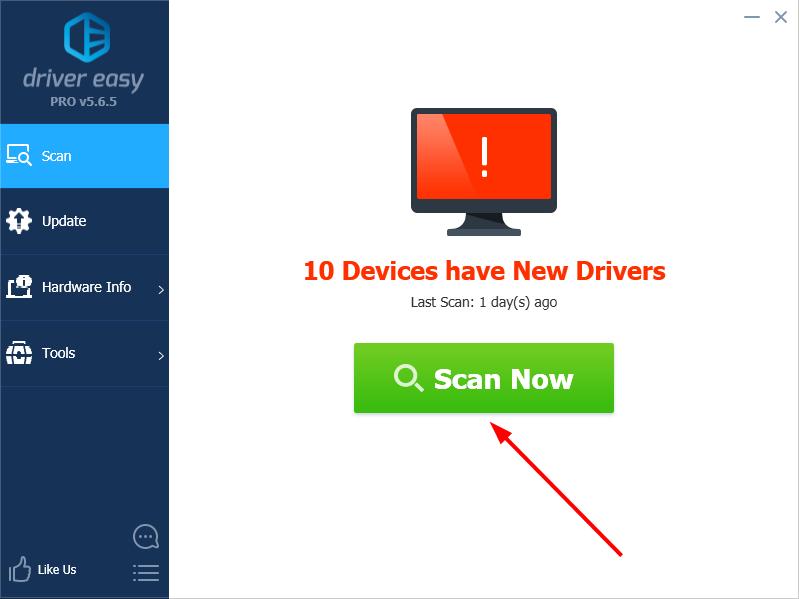Updating your device drivers. It is possible that the device drivers in your computer are corrupted, damaged, or outdated. You can update them to give your unit a fresh set of drivers. There are two ways you can do this—going to the manufacturer’s website or automating the update process, using Auslogics Driver Updater. There are a couple of options. You can use the -device flag that use can use to access USB devices without -privileged mode. Docker run -t -i -device=/dev/ttyUSB0 ubuntu bash Alternatively, assuming your USB device is available with drivers working, etc. On the host in /dev/bus/usb, you can mount this in the container using privileged mode and the volumes option. Unplug the USB-To-Serial adapter and run the 'PL2303DriverInstaller.exe' again, following the directions until correct driver appears in Device Manager. Removal of this tool: The Prolific 32-bit PL-2303DriverInstaller is a 'Program' file and therefore installed to your computer and must stay. Select ‘Driver’ 4. Select ‘Update Driver’ 5. Select ‘Browse my computer for the driver software’ 6. Select ‘Let me pick from a list of device drivers on my computer’ 7. Highlight ‘Show all Devices’ 8. Select ‘Next’ 9. Select ‘Have Disk’ 10. With the Action Replay DS Code Manager PC software disc inserted select. A list of the USB IDs this driver should provide: this table is used by the USB core to determine which driver should be matched up to which device; the hot-plug user-space scripts use it to load that driver automatically when a device is plugged in to the system.
-->The set of identifiers generated for USB devices depends on whether the device is a single-interface device or a multiple-interface device.
Single-Interface USB Devices

When a new USB device is plugged in, the system-supplied USB hub driver composes the following device ID by using information extracted from the device's device descriptor:
USBVID_v(4)&PID_d(4)&REV_r(4)
Where:
Codes Rousseau Usb Devices Driver Windows 7
v(4) is the 4-digit vendor code that the USB committee assigns to the vendor.
d(4) is the 4-digit product code that the vendor assigns to the device.
r(4) is the revision code.
The hub driver extracts the vendor and product codes from the idVendor and idProduct fields of the device descriptor, respectively.

An INF model section can also specify the following hardware ID:

USBVID_v(4)&PID_d(4)
and the following compatible IDs:
USBCLASS_c(2)&SUBCLASS_s(2)&PROT_p(2)
USBCLASS_c(2)&SUBCLASS_s(2)
USBCLASS_c(2)
Where:
c(2) is the device class code taken from the device descriptor.
s(2) is the device subclass code.
p(2) is the protocol code.
The device class code, subclass code, and protocol code are determined by the bDeviceClass, bDeviceSubClass, and bDeviceProtocol fields of the device descriptor, respectively. These are 2-digit numbers.
Multiple-Interface USB Devices
Devices with multiple interfaces are called composite devices. Starting with Windows 2000, when a new USB composite device is plugged into a computer, the USB hub driver creates a physical device object (PDO) and notifies the operating system that its set of child devices has changed. After querying the hub driver for the hardware identifiers associated with the new PDO, the operating system searches the appropriate INF files to find a match for the identifiers. If it finds a match other than USBCOMPOSITE, it loads the driver indicated in the INF file. However, if no other match is found, the operating system uses the compatible ID USBCOMPOSITE, for which it loads the USB Generic Parent driver. The Generic Parent driver then creates a separate PDO and generates a separate set of hardware identifiers for each interface of the composite device.
Each interface has a device ID of the following form:
USB VID_v(4)&PID_d(4)&MI_z(2)
Where:
v(4) is the 4-digit vendor code that the USB committee assigns to the vendor.
d(4) is the 4-digit product code that the vendor assigns to the device.
z(2) is the interface number that is extracted from the bInterfaceNumber field of the interface descriptor.
An INF model section can also specify the following compatible IDs:
USBCLASS_d(2)&SUBCLASS_s(2)&PROT_p(2)
USBCLASS_d(2)&SUBCLASS_s(2)
USBCLASS_d(2)
USBCOMPOSITE

Where:
d(2) is the device class code taken from the device descriptor.
s(2) is the subclass code.
p(2) is the protocol code.
Codes Rousseau USB Devices Driver
The device class code, subclass code, and protocol code are determined by the bInterfaceClass, bInterfaceSubClass, and bInterfaceProtocol fields of the interface descriptor, respectively. These are 2-digit numbers.